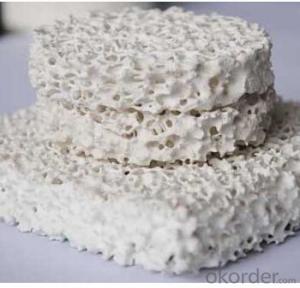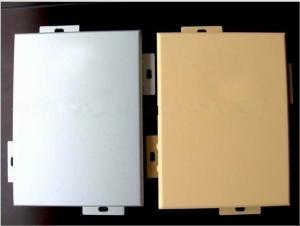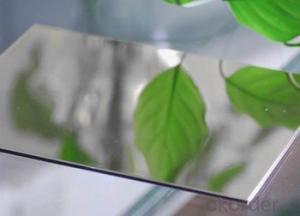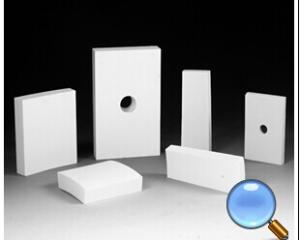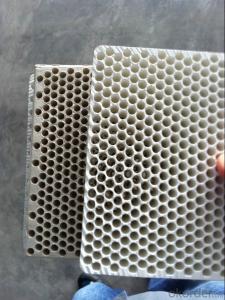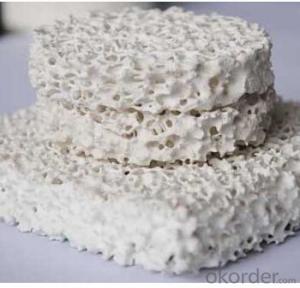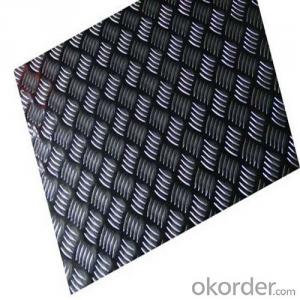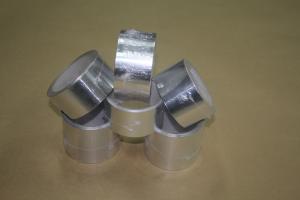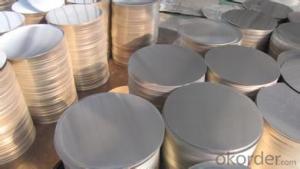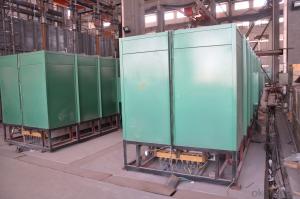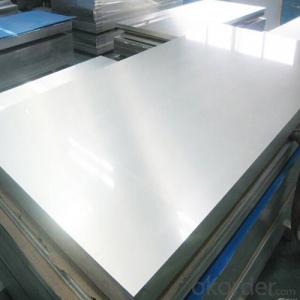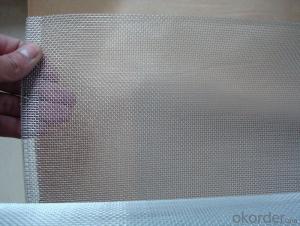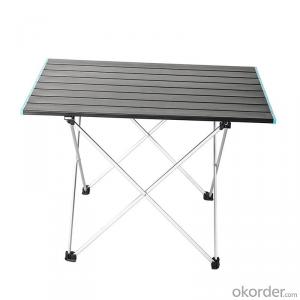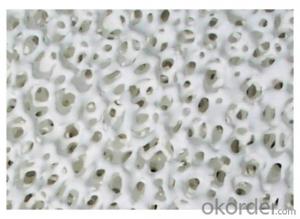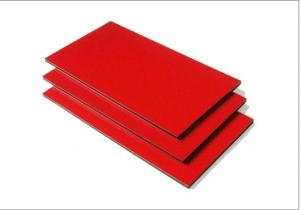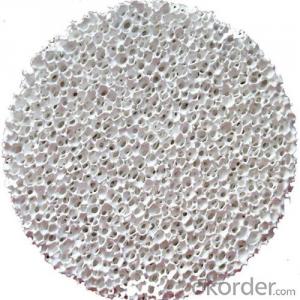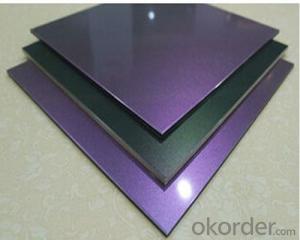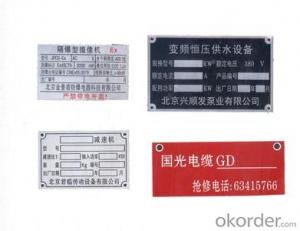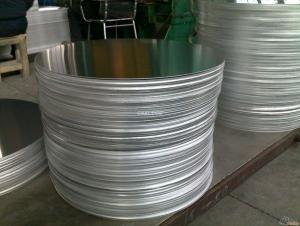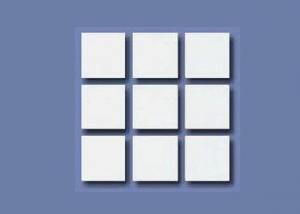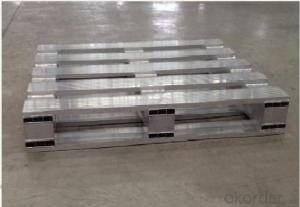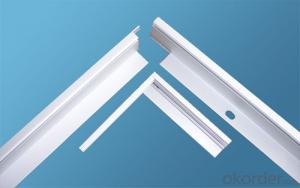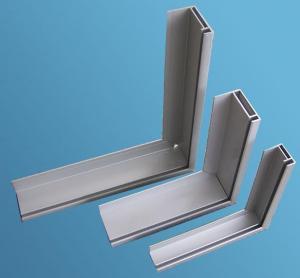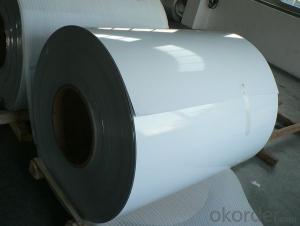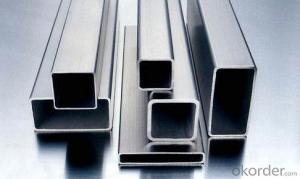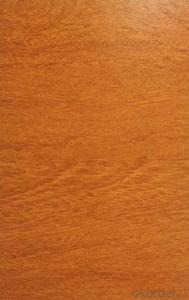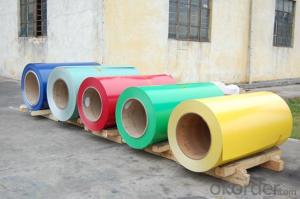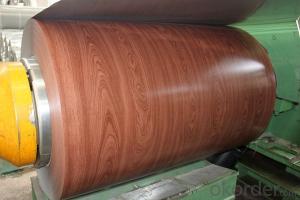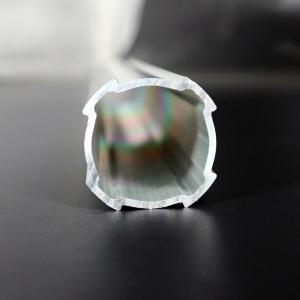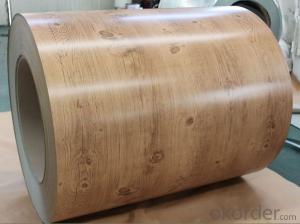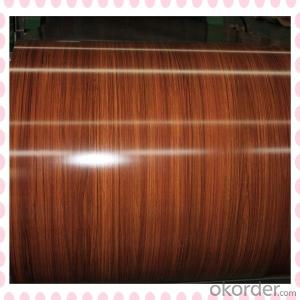Pixelmon Aluminum Plate
Pixelmon Aluminum Plate Related Searches
Pixelmon Reforged Aluminum Plate Pixelmon Crafting Aluminum Plate Pixelmon Aluminum Plate Recipe Aluminum Dimond Plate Aluminum Metal Plate Aluminum Dimple Plate Aluminum Armor Plate Aluminum Wall Plate Aluminum Grill Plate Aluminum Push Plate Precision Aluminum Plate Aluminum Precision Plate Aluminum Punch Plate Aluminum Profile Plate Aluminum Pie Plate Aluminum Paper Plate Aluminum Floor Plate Aluminum Flat Plate Aluminum Vin Plate Minecraft Aluminum Plate Aluminum Mounting Plate Polished Aluminum Plate Decorative Aluminum Plate Aluminum Surface Plate Aluminum Plate Panels Aluminum Pattern Plate Aluminum Pressure Plate Aluminum Cast Plate Buy Aluminum Plate Aluminum Oxide PlatePixelmon Aluminum Plate Supplier & Manufacturer from China
Pixelmon Aluminum Plate is a specialized product designed for use in various applications, particularly in the construction and manufacturing industries. Made from high-quality aluminum, this plate offers durability and strength, making it an ideal choice for a wide range of projects. The product's unique properties, such as its lightweight nature and resistance to corrosion, make it a popular choice among professionals who require reliable materials for their work.In terms of application and usage scenarios, Pixelmon Aluminum Plate is widely utilized in the construction of buildings, bridges, and other infrastructure projects. Its versatility allows it to be used in both interior and exterior applications, such as facades, roofing, and cladding. Additionally, it is employed in the automotive, aerospace, and marine industries due to its high strength-to-weight ratio and ability to withstand harsh environmental conditions. This makes it a valuable asset in the creation of vehicles, aircraft, and ships, where weight and durability are critical factors.
Okorder.com is a reputable wholesale supplier of Pixelmon Aluminum Plate, boasting a large inventory to cater to the needs of various industries. As a leading distributor, they ensure that customers have access to high-quality products at competitive prices. By maintaining a vast stock, Okorder.com is able to provide prompt delivery and excellent customer service, making them a preferred choice for businesses seeking reliable suppliers of aluminum plates.
Hot Products




